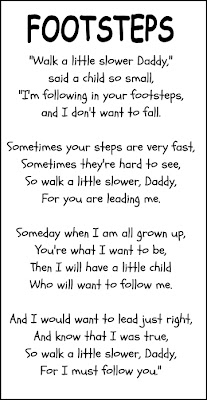In celebration of International Mud Day, we got messy!
The construction pit was transformed with a little help from the hose. It went from this...
To THIS...
We also played on our water pillow.
There was a lot of hopping,
flopping,
rolling, and laying.
A wonderful sensory morning on a hot summer day.
To make the water pillow:
- Double over heavy duty plastic sheeting to twice the finished size you want
- Fold in half to finished size
- Fold over edges twice and duct tape [use heavy duty tape] down as you go
- Leave one corner open for filling
- Check seal of tape, securing firmly all the way around
- Add a second tape layer, overlapping first by at least 1/2 inch, as needed
- Place about 6 drops of green and 6 drops of blue food coloring into the hole
- Fill to desired depth, 1-2 inches
- Double fold opening and seal with tape






















































